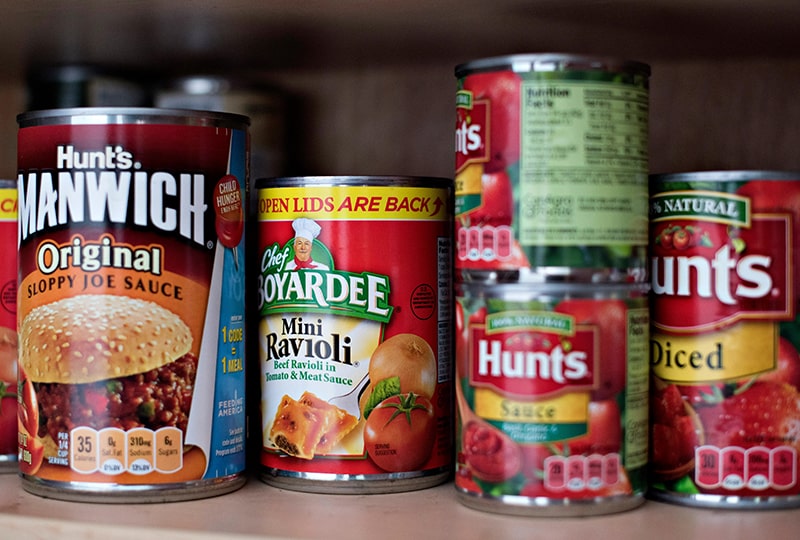
Conagra Brands Inc, a major U.S. food company known for brands like Hunt’s, Slim Jim, and Healthy Choice, revised its full-year profit forecast for fiscal 2025 due to increased packaging costs caused by higher tinplate steel tariffs and persistent supply chain challenges.
In a statement released on July 10, 2025, Conagra cited "higher-than-expected inflationary headwinds" particularly linked to metal packaging materials, including tinplate packaging used in canned goods. The recently imposed 50% U.S. tariff on imported steel has had a notable impact on the cost structure of their center-store canned products.
“We are seeing real-time effects of higher tinplate costs flowing into our operations, particularly on legacy canned food products,” said CEO Sean Connolly.

Conagra now expects its fiscal 2025 adjusted earnings per share (EPS) to fall between $2.50 and $2.54, down from a previous projection of $2.60–$2.65. Analysts surveyed by LSEG had anticipated an average of $2.62 per share, making the new forecast lower than market expectations.
| Metric | Previous Forecast | New Forecast | Analyst Expectation |
|---|---|---|---|
| Adjusted EPS (FY2025) | $2.60 – $2.65 | $2.50 – $2.54 | $2.62 |
| Year-over-Year Sales Change | ~0% | +0.3% | — |
| Operating Margin (Q4 FY2025) | 13.7% | Declined | — |
In the fourth quarter ending May 26, Conagra reported flat net sales at $2.97 billion, with a 3.1% drop in gross profit compared to the previous year. Operating margin also narrowed to 13.7%, affected primarily by higher input and packaging costs.
Despite stable revenue, profit margin erosion has become a key concern. The company’s canned and shelf-stable food lines have been disproportionately impacted due to their heavy reliance on tinplate steel for packaging.
The U.S. tariff hike from 25% to 50% on imported tinplate, introduced in June 2025, has had ripple effects across the food manufacturing sector. Tinplate is widely used in canned vegetables, soups, and ready-to-eat meals.
Conagra is now exploring packaging redesigns and supplier diversification to mitigate further cost escalation, though such initiatives will take time to implement.
“Tariffs are clearly rewriting the cost dynamics for essential goods,” noted Connolly.
To maintain profitability amid these challenges, Conagra is shifting its focus toward supply chain agility, cost-saving measures, and product innovation. While inflation pressures remain, the company believes it can protect long-term brand equity and shopper loyalty through targeted pricing and packaging adjustments.
Conagra’s next quarterly earnings release is expected in October, where further updates on margin recovery strategies and tinplate supply negotiations are anticipated.